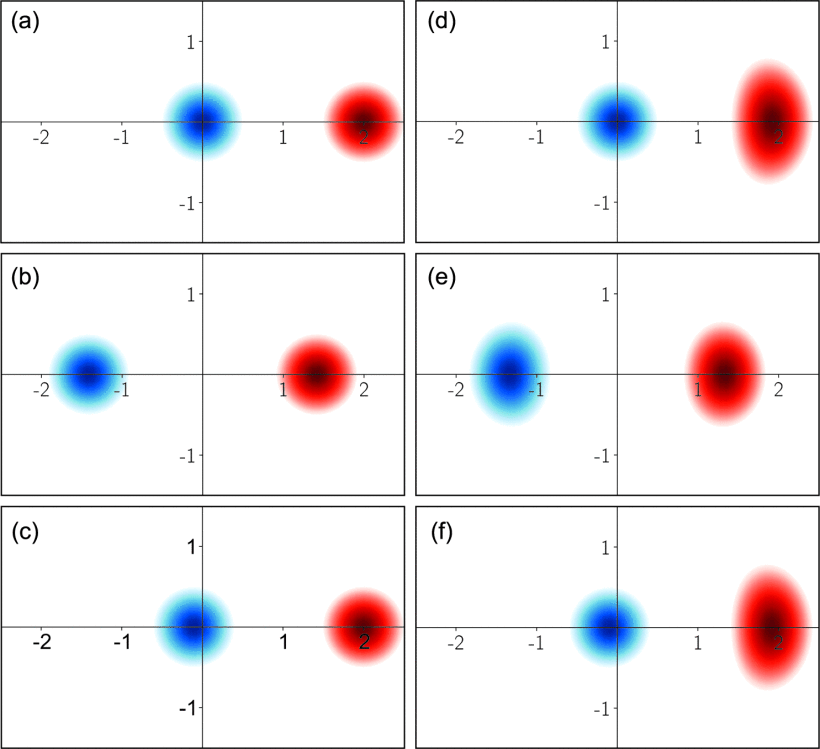"Beating the standard quantum limit for binary constellations in the presence of phase noise

Authors: L.Kunz, M. T.DiMario, F. E.Becerra, and K.Banaszek
Publication: 2019 21st International Conference on Transparent Optical Networks (ICTON)
In optical communication systems, information can be carried by the intensity, the phase, or generally by the complex amplitude of the electromagnetic field. Detection of any of these quantities, which conventionally serves as the basis to determine the transmitted symbol, is ultimately limited by the shot noise. Error rates resulting from the standard measurement of the information-carrying quantity performed at the shot-noise level are usually referred to as the standard quantum limit (SQL). Quantum mechanics offers a more general perspective on the task of identifying the transmitted symbols. In quantum theory, individual symbols are associated with respective quantum states of the electromagnetic field represented mathematically by so-called density operators. Quantum fluctuations of the electromagnetic field imply that these states are not fully distinguishable in the quantum mechanical sense, i.e. there does not exist, even in principle, a measuring apparatus that would discriminate between them with a zero error rate. However, quantum mechanical analysis of the discrimination problem reveals that in many scenarios reduction of error rates below the SQL should be nevertheless possible [1]. The purpose of this contribution is to discuss a strategy to beat the SQL in a scenario when a binary constellation is used for information transmission over a phase noise channel [2][3][4]–[5]. The described strategy is based on a generalization of a receiver proposed by Kennedy [6] in which a displacement of the constellation in the complex amplitude plane is followed by photon number resolved direct detection.
The research is described here.
